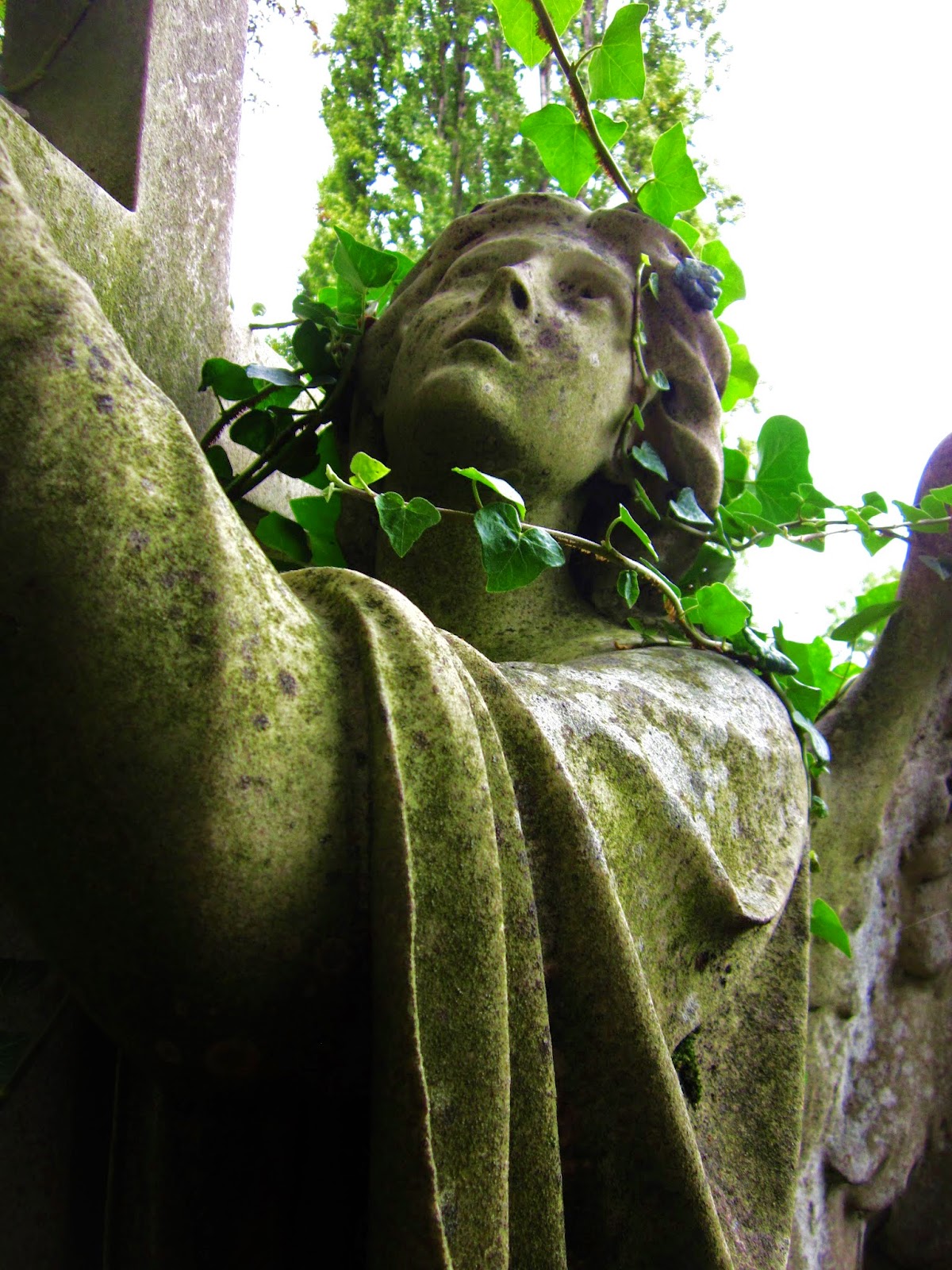The Vampire Bat
 1933
1933Dir. Frank Strayer
A small German village is plagued by a number of mysterious deaths, all of which leave the victims drained of blood. The town elders suspect the work of vampires and a number of large vampire bats are spotted in the area. Sceptical Police Inspector Karl Brettschneider (Melvyn Douglas) suspects the work of a psychotic serial killer who needs the blood drained from his victims for some sort of bizarre experiment… Is he right? Well, he’s not wrong.
The Vampire Bat is a surprisingly entertaining piece of schlock that also stars Lionel Atwill and Fay Wray. Aside from the big names attached to it, the film’s only other notable trait is that is was one of the first films to attempt to capitalise on the success of Universal’s horror epics Dracula (1931) and Frankenstein (1931). It mixes elements from both these films (and a slew of others) to intriguing, but arguably unmemorable effect. The somewhat loose story ambles along briskly enough and there are a couple of interestingly shot scenes amongst the endless exposition.
At times the conversations between various characters throw up some interesting connotations. Strayer attempts to conjure atmosphere through lengthy descriptions of half glimpsed terrors and the horrors that have befallen the town. This works to an extent, but the delivery is so wooden, the viewer cann’t be blamed for allowing their minds to wander a little. Lengthy discussions of vampires, bats and plagues at times build up a nicely gothic atmosphere of dread and suspicion, while peasant folk superstitions are also pondered at length. The film does appear to have an underlying snobbishness as far as its depiction and treatment of the local townsfolk is concerned. They are portrayed as idiotic, paranoid, and superstitious, with no concept of rationality whatsoever. The more affluent figures such as the detective, the doctor (Lionel Atwill), and the doctor’s assistant (Fay Wray) are drawn with slightly less broad strokes. Holding the more middleclass positions they do in the village, they treat those beneath them with impatience and maybe even a little contempt.
 |
| ‘A madman who kills to satisfy some vile and sadistic urge.’ |
There is also some surprisingly effective camera work courtesy of cinematographer Ira Morgan. At various stages throughout the film the camera adopts the viewpoint of an unseen stalker as it slinks into the bedrooms of various villagers (doesn’t anyone close their windows when they believe vampires are around?). Looking as though it were almost handheld, the camera creeps through the darkness and right up into the faces of its victims as they waken just in time to see their attacker, their faces frozen in morbid terror.
A particularly startling shot (and bear in mind, this is a B budgeted film) takes place when sceptical Inspector Karl climbs into bed after a particularly hard day of furrowing his brow, being sceptical and smoking like a train. He is situated in the forefront of the shot and is backlit by the moonlight swimming moodily through the window. Suddenly a dark figure looms into frame and climbs stealthily through the window, advancing towards the bed before we fade ominously to black. No music accompanies this scene and events are allowed to unfold in their own time and in their own eerie silence. The absence of music is often quite an effective facet of the film.
 |
| ‘Murders are being done under my very nose.’ |
‘I don’t mind admitting that I’m up a tree. Stumped.’
The film utilises the sets from James Whale’s Frankenstein. One scene actually echoes Frankenstein, as Herman is pursued by an angry mob, with pitch forks and flaming torches, into the evocatively titled Devil’s Well.
When the Doc seems to be communicating through means of Bela Lugosi-like telepathy, we know that something sinister is afoot – if we didn’t already know it. Cue lots of furrowed brows and one sided arguments – ‘It must be! It must be! She’s no better than the rest.’ It transpires that the Doctor has hypnotised his butler Emil (Robert Frazer) and has him flit about town abducting the locals and bringing them back to a secret lab behind a door in the Doc’s regular lab. Emil’s night wanderings are reminiscent of the somnambulistic perambulations of Conrad Veidt as Cesare in The Cabinet of Dr Caligari (1920). Wray walks in on Atwill ‘communicating’ with Emil and hears him order the butler to bring Karl to his secret lab. It transpires, as it usually does, that the Doc has discovered the secret of life and needs to use the blood of the living to further his research. He commits heinous acts in the name of science – Frankenstein-much? An interesting shot in the lab reveals something that resembles a beating heart in a tank of water. Through the water in the tank, we can see a woman stretched out on a table and the doctor attaching various bits of apparatus to her neck. A close up of a jar filling with liquid tells us all we need to know about the doc and his ghastly experiments.
 | |
As mentioned, the film plays out like a compilation of Twenties/Thirties horror: The Cabinet of Dr Caligari, Dracula, Frankenstein and various other Mad Doctor/Vampire films are all referenced or pilfered from. It doesn’t really have any original ideas, but it does muster a certain energetic enthusiasm that renders it quite entertaining. Even at 60 minutes, it still seems quite long. It is a wee slip of a story, but one that fans of old and creaky horror may find to be acceptable.
As The Vampire Bat exists within the public domain - you can watch it here for free. Pour yourself a nice glass of something red, kick back, relax and enjoy.
And remember: "Bats good… they not hurt Herman. You give me apple… Herman give you nice, soft bat."


